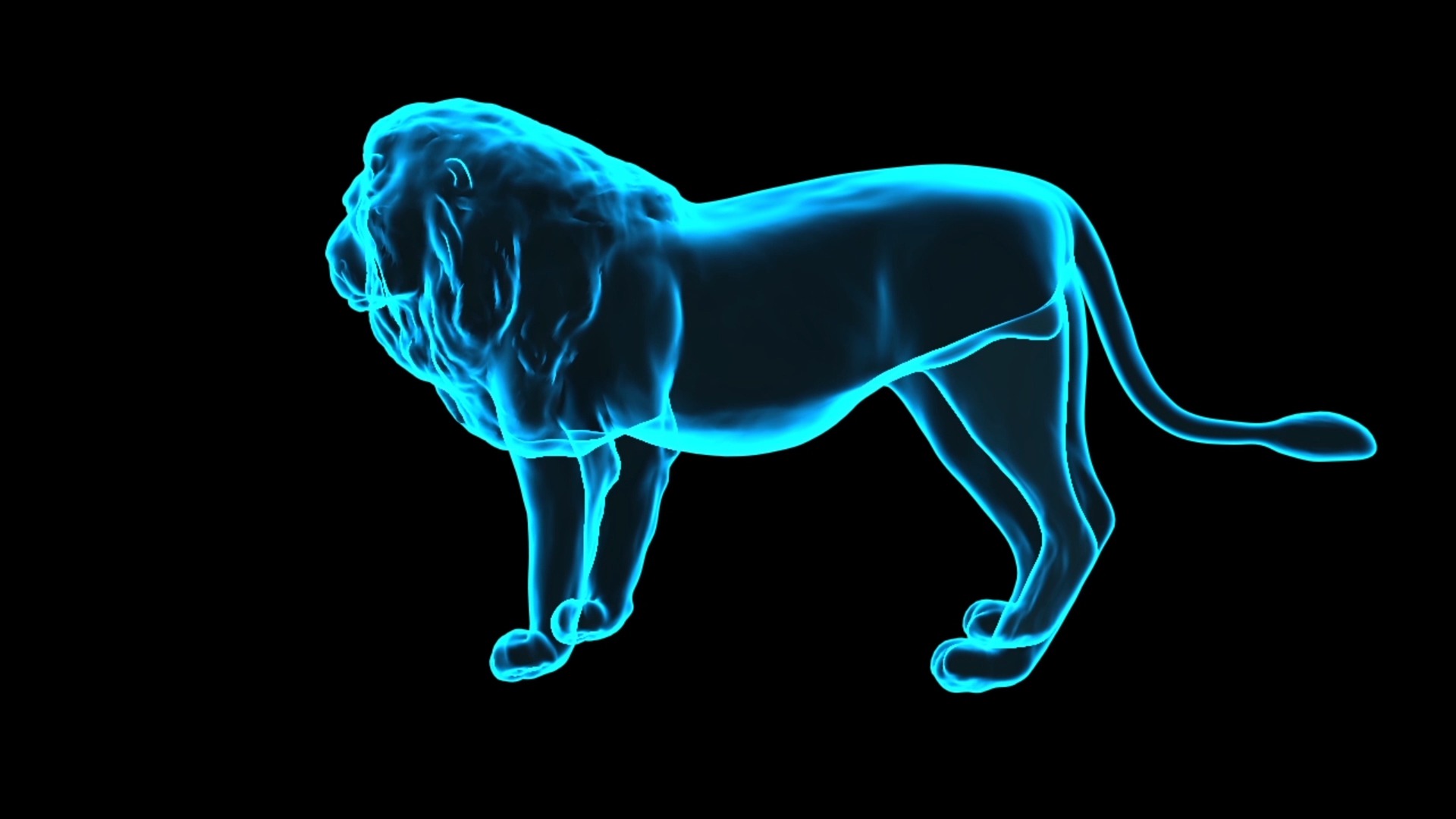Last updated on June 6, 2022
Holograms have been a part of the popular imagination for decades. The projection of Princess Leia by R2-D2 in the original Star Wars film in 1977 firmly rooted the idea in our cultural zeitgeist that 3D images could potentially be projected on demand. While holograms still aren’t something likely see every day, the technology has made immense strides forward and is sneaking into more common use.
- Holograms of the Queen appear inside Gold State Coach during Jubilee Pageant [The Telegraph] “Although she is not expected to attend Sunday’s celebrations in person, holograms of the monarch appeared on the windows of the carriage, giving the impression that she was inside, waving to the tens of thousands of spectators lining the streets. Footage of the young Queen at her coronation in 1953 was played on screens in the coach, giving onlookers a sense of what she looked like as she travelled towards Westminster Abbey on that historic day 70 years ago.”
- Can Abba recreate the feel of a concert using digital versions of themselves 41 years after their last set? [The Guardian] “Now in their 70s, the band were physically involved in the development of their space-age alter egos. Clips of them covered in sensors went viral after the tour announcement last September, but the Abbatars are eerily de-aged, preserved in their late 1970s pop prime.”
- Nvidia Uses Holograms To Shrink The Size Of VR Headsets [VR Scout] “One solution to reducing the size of a VR headset is by using pancake lenses to shrink the gap between the lenses. That said, this design and approach can only deliver a 2D experience. Nvidia has solved this problem by using holograms to help overcome the issue of the necessary space needed between the eyepiece and display panel, creating a much thinner solution to accessing VR content.”
- Looking Glass might have just invented the GIF’s 3D successor [The Verge] “He says that if you add up all the CG movies, video game screenshots, 3D models, and portrait mode photos — and, yes, NFTs — there are hundreds of trillions of pieces of 3D content that we only ever experience in 2D. That’s why his holographic display company is introducing the Looking Glass Block: a new image format that lets you peek inside a 3D scene, even if you’re viewing it on a normal flat screen. It’s built on web standards so you can view them in any modern web browser, much like a GIF or JPEG.”
From the Ohio Web Library:
- LitiHolo Introduces World’s First Desktop 3D Hologram Printer (PR Newswire. (2021, March 3). LitiHolo Introduces World’s First Desktop 3D Hologram Printer. PR Newswire US.)
- Hope for Holograms (ARMAO, M. (2022). Hope for Holograms. Discover, 43(3), 22.)
- Holograms could help spot urinary tract infections. (Wilkins, A. (2022). Holograms could help spot urinary tract infections. New Scientist, 254(3381), 16.)


